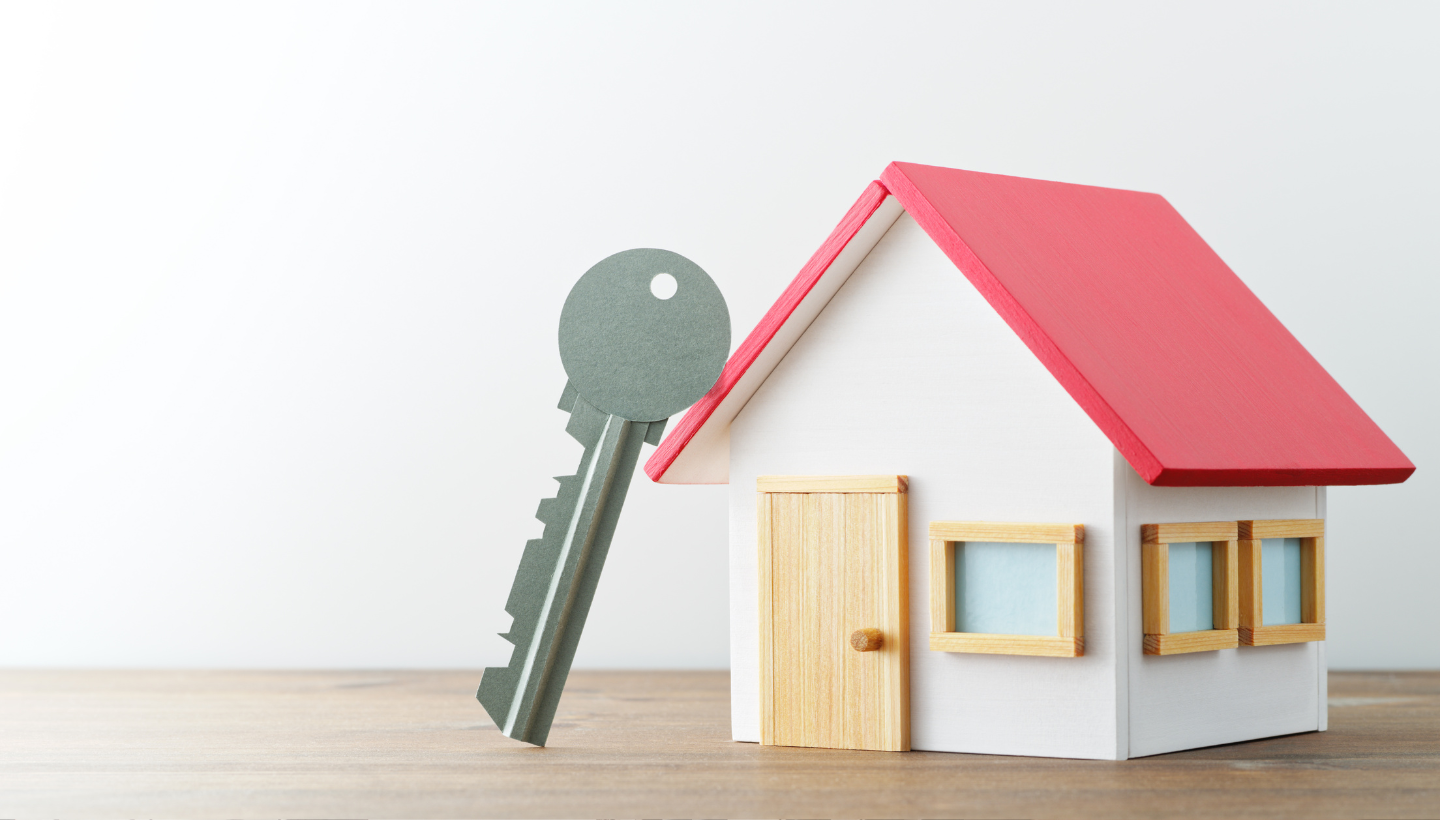The term ‘default rate’ denotes the percentage of loans that remain unpaid after an extended duration of missed payments. This can also refer to the inflated interest rate imposed on borrowers who neglect regular payments. Loans are typically declared in default after a 270-day lapse in payment, following which they are removed from the lender’s financial records and handed over to a debt collection agency. The default rate, in tandem with other economic parameters such as unemployment rates, inflation, consumer confidence, bankruptcy filings, and stock market returns, is sometimes employed as a gauge of overall economic prosperity.


Lenders make use of default rates to assess their risk profile and to inform necessary adjustments to their lending procedures. Concern typically arises when a borrower fails to make two consecutive payments, resulting in a 60-day delinquency. At this point, the lender reports the overdue account to credit reporting agencies, which can negatively impact the borrower’s credit score. The lender may also introduce a penalty by increasing the borrower’s interest rate. If the borrower’s missed payments persist, the lender continues to report the delinquencies until the loan is officially declared in default. The time required to declare a loan default can vary, depending on the type of loan and the applicable state laws. Defaulting on consumer debt can severely damage a borrower’s credit score, consequently complicating any future attempts to secure credit approval.











